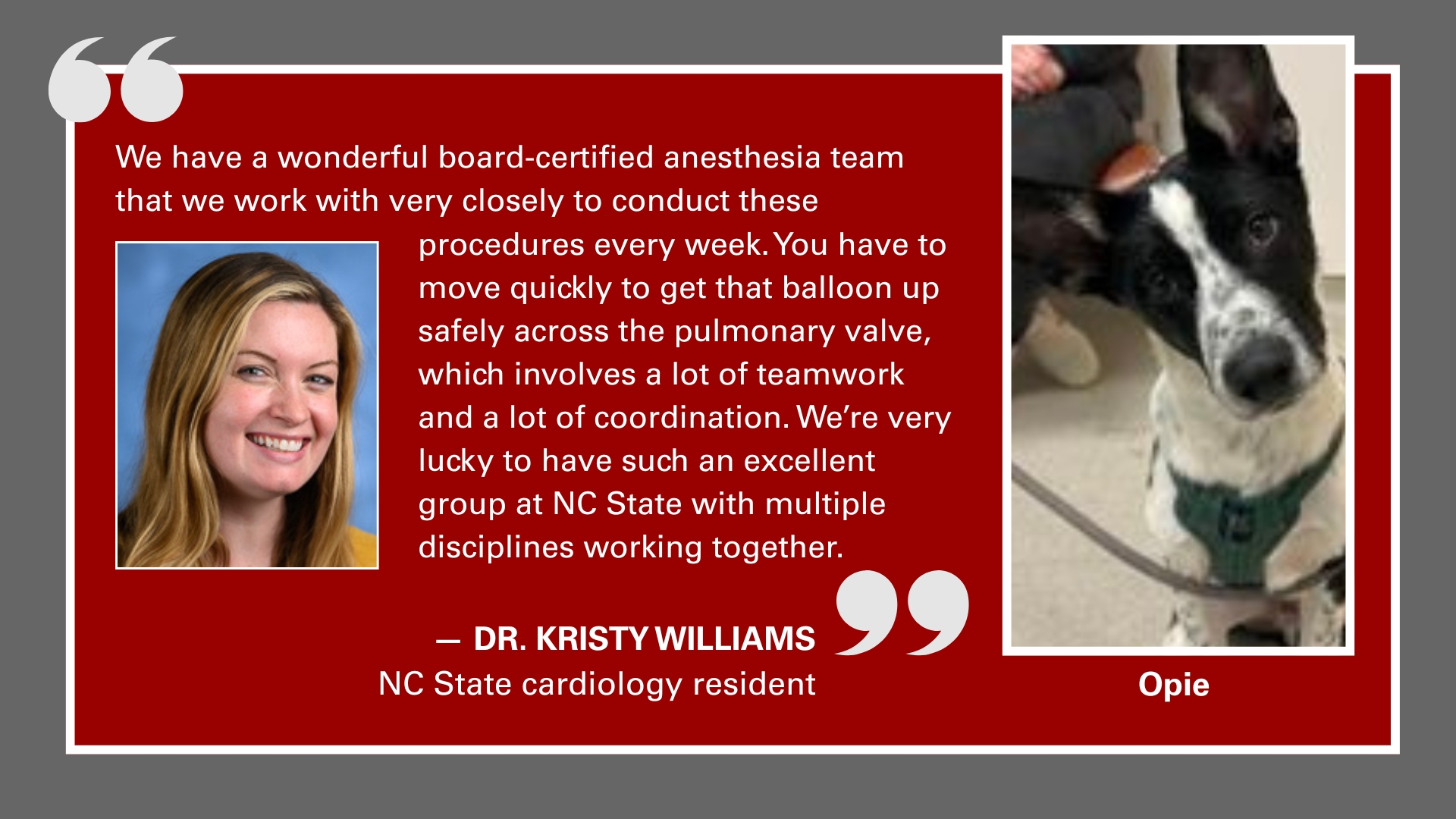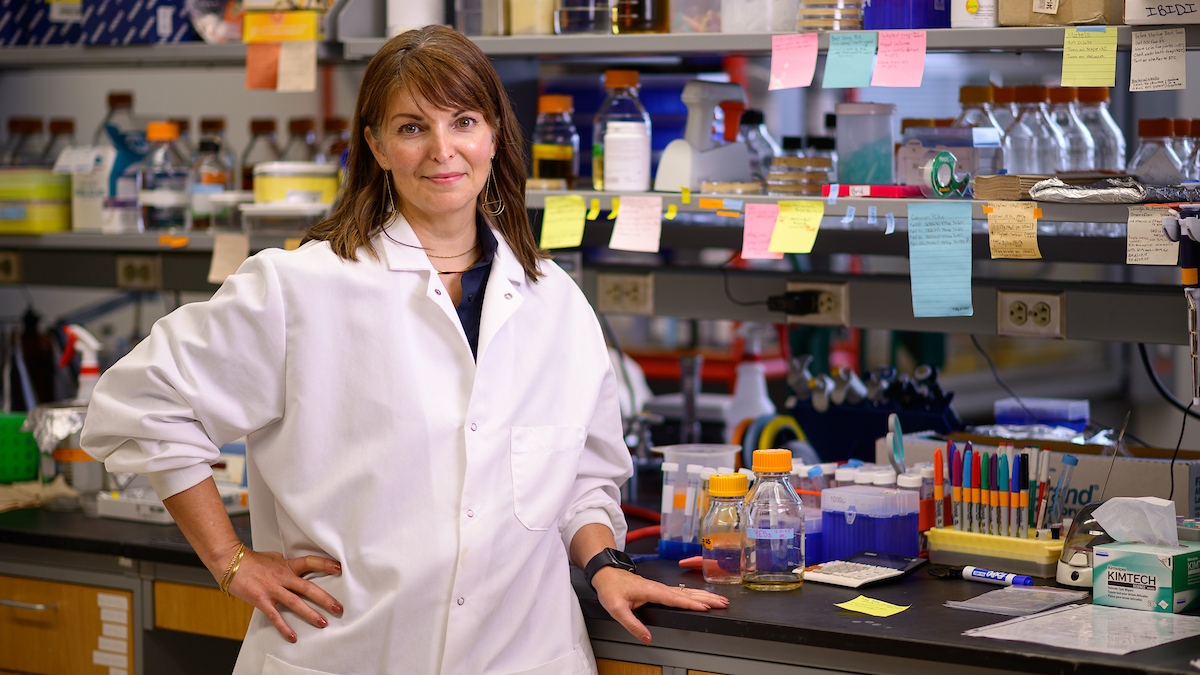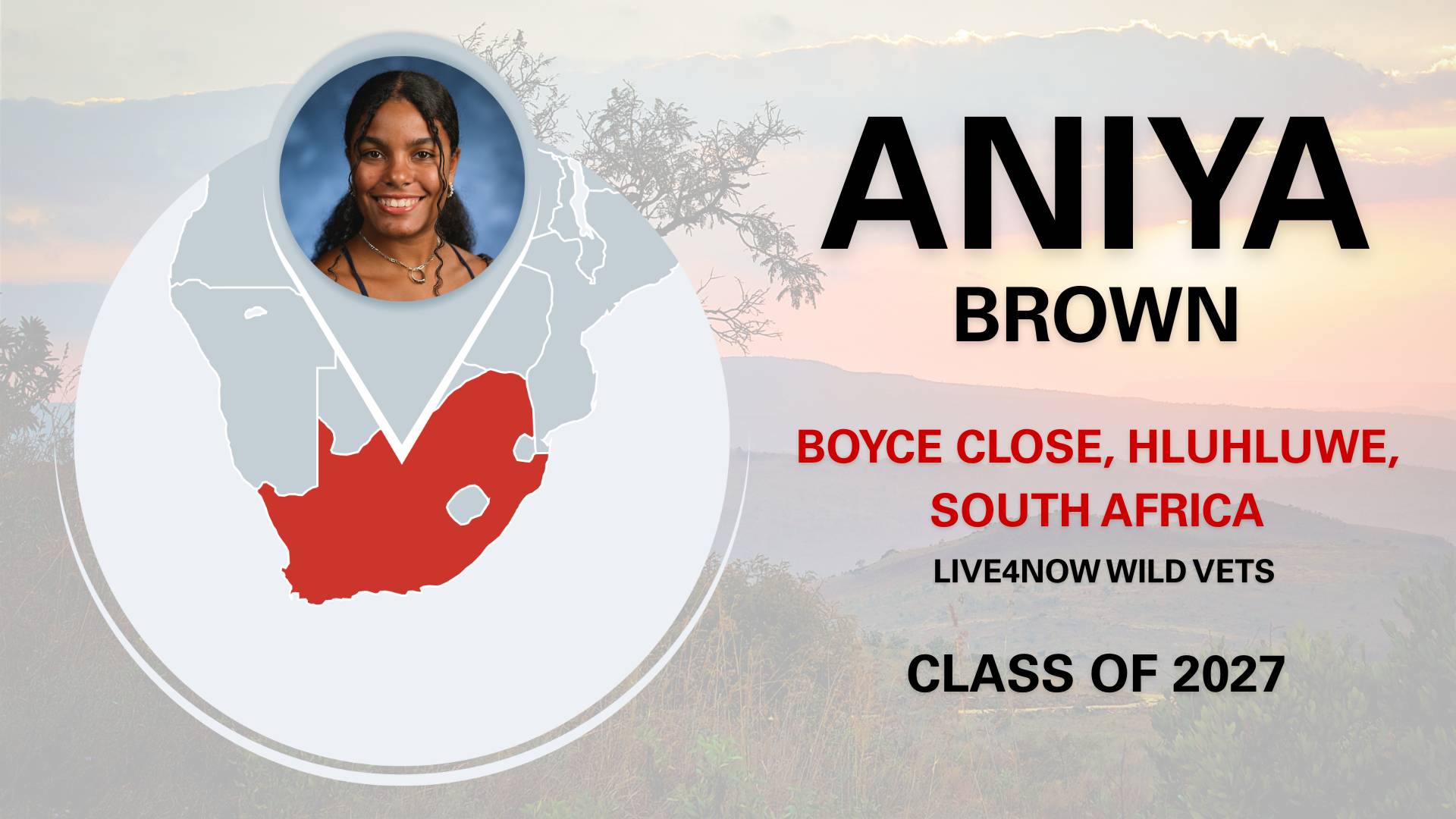NC State University College of Veterinary Medicine Prepares First Responders for Emergency Support
Most people can picture the first responders who are coming to the rescue in the wake of the massive storm fronts merged into a deadly force by Hurricane Sandy. But who provides emergency help for the dogs, cats, and horses that people love? Who takes care of the cows, poultry, and hogs that form the backbone of animal agriculture? Who can care for people as well as animals requiring emergency help in rural communities?
the wake of the massive storm fronts merged into a deadly force by Hurricane Sandy. But who provides emergency help for the dogs, cats, and horses that people love? Who takes care of the cows, poultry, and hogs that form the backbone of animal agriculture? Who can care for people as well as animals requiring emergency help in rural communities?
North Carolina State University’s College of Veterinary Medicine is helping to fill the need through a unique initiative that requires all of its students to receive disaster training, providing a new generation of leaders in veterinary medicine and disaster response who can help people as well as animals after any type of disaster.
“This training program is important because there is a real need to build our capacity to respond to disasters–caused by nature or people,” says Dr. Dianne Dunning, co-author of a recent study on NC State’s landmark training requirement and director of the university’s Animal Welfare, Ethics and Public Policy Program. “Emergency response is generally geared towards people, particularly at the local level. We need to protect the health of the people and the health of the animals – whether they are pets or livestock related to a region’s livelihood. We believe this training will help veterinarians respond to the needs of both people and animals.
“NC State has the only college of veterinary medicine that requires all of its students to take a formal disaster response training program, and we hope this is a model for others to follow,” Dr. Dunning continues. “Students, who must take the program to graduate, earn advanced state and federal disaster training certifications.”
[The NC State University CVM serves as a resource for North Carolina during disasters as part of SART, the North Carolina State Animal Response Team, and as a resource within the Animal, Welfare, Ethics and Public Policy Program.]
The training program deals with a variety of disaster response issues associated with a staggering array of animals. Students are taught how to work with displaced people and their pets. For example, learning how to set up and operate mobile animal shelters that can be located near emergency shelters for displaced people.
Students are also taught how to respond to an epidemic in livestock in order to stop disease from spreading – a crucial step in preventing disruption of local and regional economies that depend on animal agriculture. Preventive measures include quarantining animals, as well as ensuring that veterinarians, farmers and others don’t spread the disease on their clothes or shoes.
But the disaster training is not limited to dealing with animals – it extends to overarching planning and response. “The course gives our students the skills they need to become leaders in their communities when it comes to disaster response,” Dr. Dunning says. “The training touches on a host of skills required in the wake of a disaster: fundamental psychology, effective communication, hazardous material handling, and the ability to anticipate, identify, and respond to new needs as they crop up.”
The training program is part of the NC State College of Veterinary Medicine’s “One Medicine” philosophy, which focuses on the belief that human and animal health rely on overlapping fields of scientific and medical knowledge, and related fields of research.
–Updated from original NC State University media release by Matt Shipman


